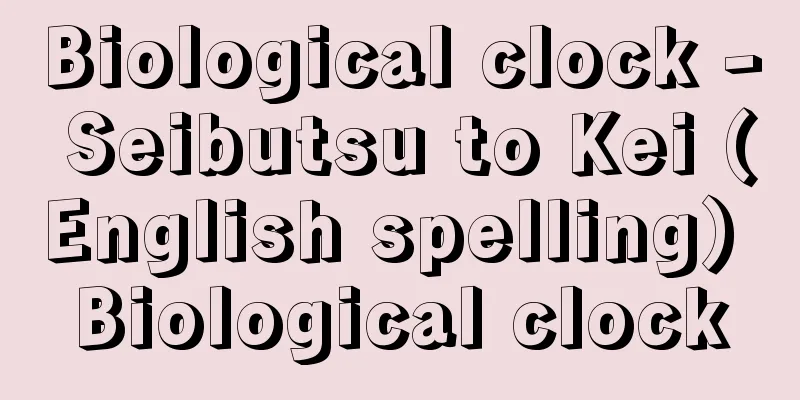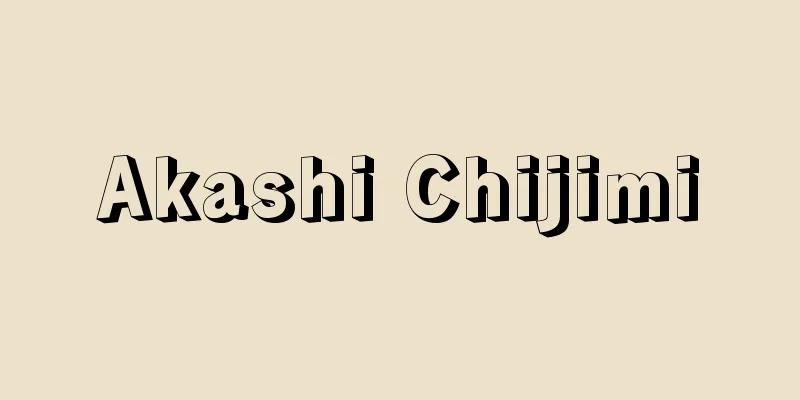Seal - Insuru

[1] 〘Other variants〙 in/su 〘Other variants〙 (formerly also called "inzu")① To press a seal or shape. ※Haiku, Buson Kushu (1784), Autumn: "A line of geese imprint the moon on the hillside." [Old Book of Tang, Official Records, Vol. 3]② To leave a mark made with some force or other. To make a mark. ※Shobogenzo (1231-53), Merits of becoming a monk: "If you shave your head and dye your clothes, even if you do not keep the precepts, you will be imprinted as a mark of supreme nirvana."※I Am a Cat (1905-06), Natsume Soseki, Volume 9: "The inscription of the smallpox scar on my face." [Xue Zhaoyu, Kankei Saji]③ To cast the shadow or light of one thing onto another. Also, to make a strong impression on people's minds. ※Devil (1903)〈Kunikida Doppo〉5 "Because I have never felt such a pure and clear impression in my heart as at this time." 〔Fan Chengda - Heijutsu Dengu Sutai Shi〕④ To strongly impress teachings on someone. ※Nichiren's writings - Treatise on the Protection of the Nation (1259) "In addition to the sacred teachings of his lifetime, the Buddha's seal is the teaching of Kashyapa and this law is one ." [2] [Independent variable] In/su [Independent variable] ① To leave a mark where a certain force has been applied. To make a mark. ※Shikawa Iriumi (before the 17th century)8 "The marks left by his playing in the moss are visible." ② The shadow or light of one thing appears on another thing. ※Nature and Life (1900) by Tokutomi Roka, Shonan Zappi: "When the monks swim in a group, their shadows flicker and make a mark on the bottom." ③ Buddhist words. The minds of teacher and student are in agreement. They attain enlightenment. ※Kuka Nichiyo Koujutsu Ryakushu - May 2, 1377 (Eiwa 3 ) : "The Great Master Koyasan once said in Zen Buddhism, "With the Buddha's heart in the Western Heaven, one mudra and one Buddha's heart in the Eastern Land."In [stamp]Kane [stamp]Mark [Stamp]In-su [stamp]Source: The Selected Edition of the Japanese Language Dictionary About the Selected Edition of the Japanese Language Dictionary Information |
[1] 〘他サ変〙 いん・す 〘他サ変〙 (古くは「いんず」とも)① 印や型を押す。※俳諧・蕪村句集(1784)秋「一行の雁や端山に月を印す」 〔旧唐書‐職官志・三〕② ある力などを加えたしるしを残す。あとをつける。※正法眼蔵(1231‐53)出家功徳「剃髪染衣すれば、たとひ不持戒なれども無上大涅槃の印のために印せらるるなり」※吾輩は猫である(1905‐06)〈夏目漱石〉九「吾が顔に印せられる痘痕の銘」 〔薛昭薀‐浣渓沙詞〕③ 物の影や光などを他の物の上に投げかける。また、人の心に強い印象を与える。※悪魔(1903)〈国木田独歩〉五「此時ほど我心に其清くして澄たる、意味ありげなる趣を印(イン)したことはないからである」 〔范成大‐丙戌登姑蘇台詩〕④ 教えなどを人に強く吹きこむ。※日蓮遺文‐守護国家論(1259)「一代聖教之外仏印二迦葉一伝二此法一」[2] 〘自サ変〙 いん・す 〘自サ変〙① ある力の加わったしるしが残る。あとがつく。※四河入海(17C前)八「屐をはいて遊だあとが苔に印して有ぞ」② 物の影や光が他の物の上に現われる。※自然と人生(1900)〈徳富蘆花〉湘南雑筆「カイヅは隊をなして〈略〉水を游(およ)げば、其影ちらちらと底に印(イン)せり」③ 仏語。師と弟子の心が一致する。会得開悟する。※空華日用工夫略集‐永和三年(1377)五月二日「高野大師嘗印二禅宗一曰、以二西天仏心一印二東土仏心一」
いん【印】かね【印】じるし【印】いん‐・す【印】出典 精選版 日本国語大辞典精選版 日本国語大辞典について 情報 |
Recommend
Double indictment - 200
In the Civil Procedure Code, this refers to a par...
Calcio - Calcio
It refers to soccer (football). Source: About Shog...
Shangjing Huiningfu (English spelling)
The site of an early Jin Dynasty capital city in B...
Tonami [city] - Tonami
A city in the center of the Tonami Plain in wester...
Modern Greek
… After the collapse of the Roman Empire, Greek w...
Numididae
…Flocks of guineafowl can travel tens of kilomete...
Aikoku Seirisha - Aikoku Seirisha
…This was one of the intensifying incidents of th...
Eiyuuri
…It means a permanent sale, and is often seen in ...
Nakajo [village] - Nakajo
A village in Kamiminochi County in northern Nagano...
magnetic compass
…This is how Zheng He's great voyages in Chin...
Hexagonal Hall
Common name for Chohoji Temple in Domae-cho, Naka...
Lingula unguis
...They are found along the coasts south of Honsh...
Jansky, KG (English spelling) JanskyKG
...The longer the wavelength, the wider the radio...
Cattleya labiata (English name) Cattleya labiata
...This plant was Bletia verecunda R.Br., and it ...
refiner
…The beating process, which breaks down these raw...









